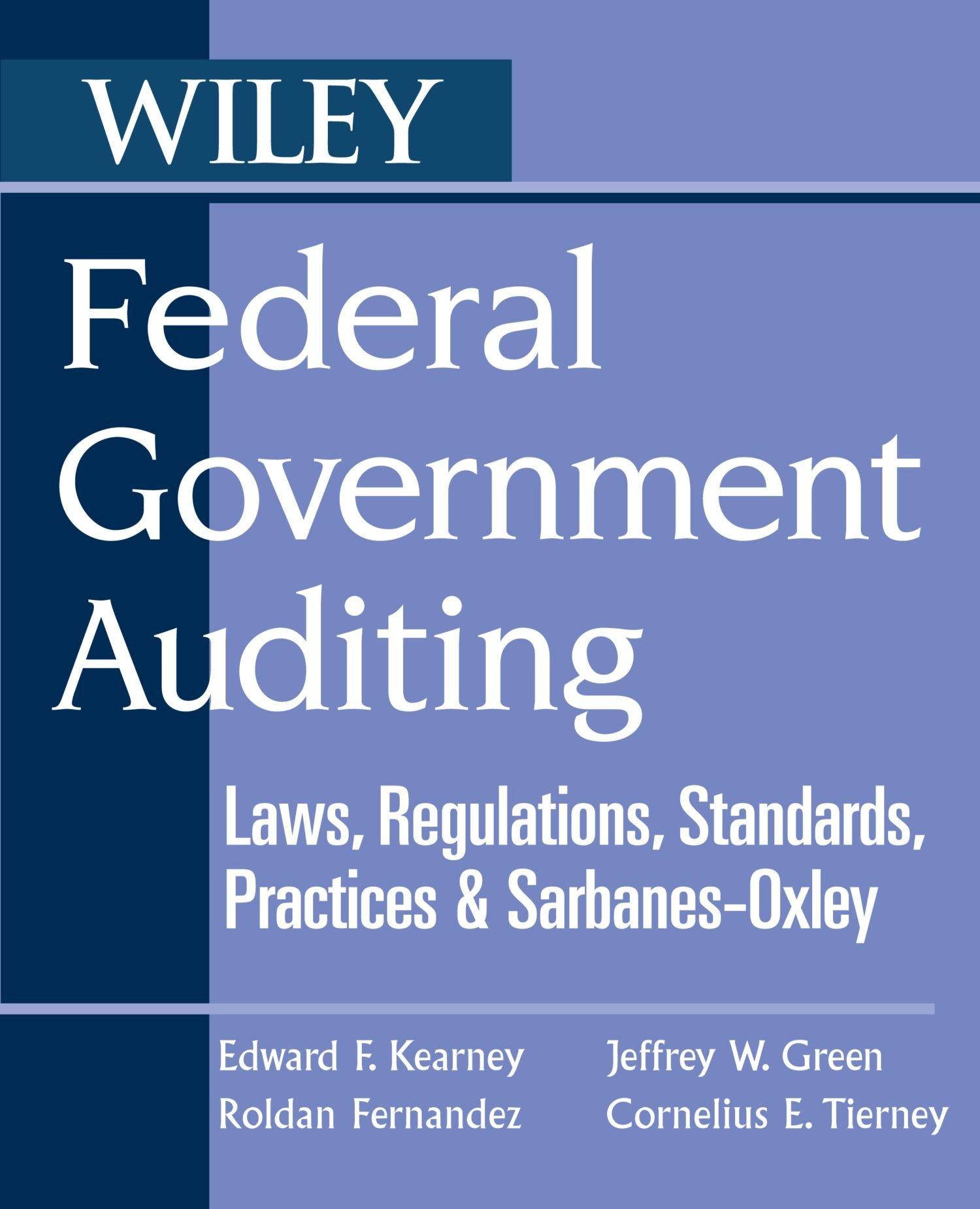Question
Problem 22-8AA Merchandising: Preparation of a complete master budget LO P4 Near the end of 2017, the management of Dimsdale Sports Co., a merchandising company,
Problem 22-8AA Merchandising: Preparation of a complete master budget LO P4 Near the end of 2017, the management of Dimsdale Sports Co., a merchandising company, prepared the following estimated balance sheet for December 31, 2017. DIMSDALE SPORTS COMPANY Estimated Balance Sheet December 31, 2017 Assets Cash $ 36,500 Accounts receivable 520,000 Inventory 105,000 Total current assets $ 661,500 Equipment 552,000 Less: accumulated depreciation 69,000 Equipment, net 483,000 Total assets $ 1,144,500 Liabilities and Equity Accounts payable $ 345,000 Bank loan payable 13,000 Taxes payable (due 3/15/2018) 89,000 Total liabilities $ 447,000 Common stock 470,500 Retained earnings 227,000 Total stockholders equity 697,500 Total liabilities and equity $ 1,144,500 To prepare a master budget for January, February, and March of 2018, management gathers the following information. The companys single product is purchased for $20 per unit and resold for $59 per unit. The expected inventory level of 5,250 units on December 31, 2017, is more than managements desired level, which is 20% of the next months expected sales (in units). Expected sales are: January, 7,250 units; February, 8,750 units; March, 11,500 units; and April, 11,000 units. Cash sales and credit sales represent 20% and 80%, respectively, of total sales. Of the credit sales, 65% is collected in the first month after the month of sale and 35% in the second month after the month of sale. For the December 31, 2017, accounts receivable balance, $125,000 is collected in January and the remaining $395,000 is collected in February. Merchandise purchases are paid for as follows: 20% in the first month after the month of purchase and 80% in the second month after the month of purchase. For the December 31, 2017, accounts payable balance, $70,000 is paid in January and the remaining $275,000 is paid in February. Sales commissions equal to 20% of sales are paid each month. Sales salaries (excluding commissions) are $54,000 per year. General and administrative salaries are $144,000 per year. Maintenance expense equals $2,100 per month and is paid in cash. Equipment reported in the December 31, 2017, balance sheet was purchased in January 2017. It is being depreciated over eight years under the straight-line method with no salvage value. The following amounts for new equipment purchases are planned in the coming quarter: January, $38,400; February, $100,800; and March, $28,800. This equipment will be depreciated under the straight-line method over eight years with no salvage value. A full months depreciation is taken for the month in which equipment is purchased. The company plans to buy land at the end of March at a cost of $145,000, which will be paid with cash on the last day of the month. The company has a working arrangement with its bank to obtain additional loans as needed. The interest rate is 12% per year, and interest is paid at each month-end based on the beginning balance. Partial or full payments on these loans can be made on the last day of the month. The company has agreed to maintain a minimum ending cash balance of $16,000 at the end of each month. The income tax rate for the company is 35%. Income taxes on the first quarters income will not be paid until April 15. Required: Prepare a master budget for each of the first three months of 2018; include the following component budgets: 1. Monthly sales budgets. 2. Monthly merchandise purchases budgets. 3. Monthly selling expense budgets. 4. Monthly general and administrative expense budgets. 5. Monthly capital expenditures budgets. 6. Monthly cash budgets. 7. Budgeted income statement for the entire first quarter (not for each month). 8. Budgeted balance sheet as of March 31, 2018.
Step by Step Solution
There are 3 Steps involved in it
Step: 1

Get Instant Access to Expert-Tailored Solutions
See step-by-step solutions with expert insights and AI powered tools for academic success
Step: 2

Step: 3

Ace Your Homework with AI
Get the answers you need in no time with our AI-driven, step-by-step assistance
Get Started


